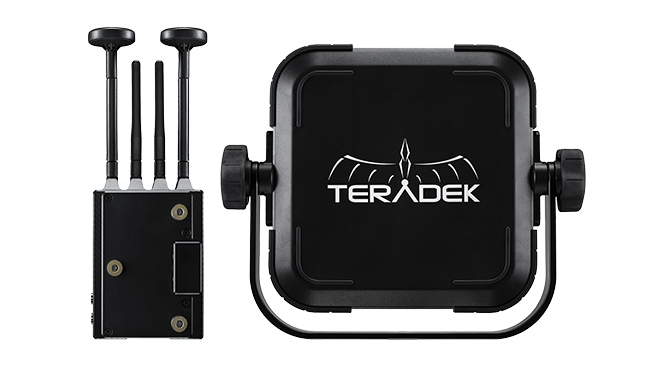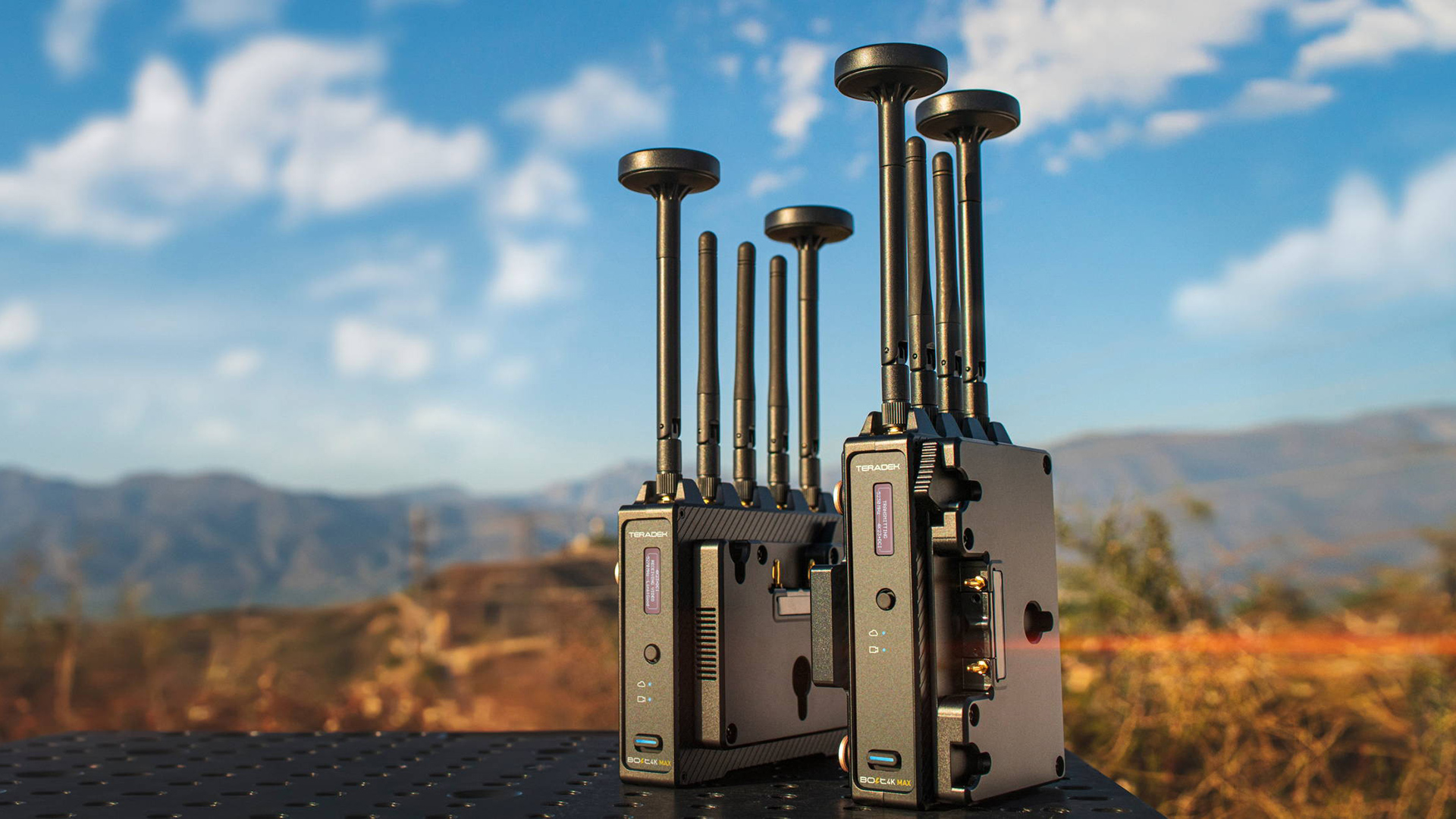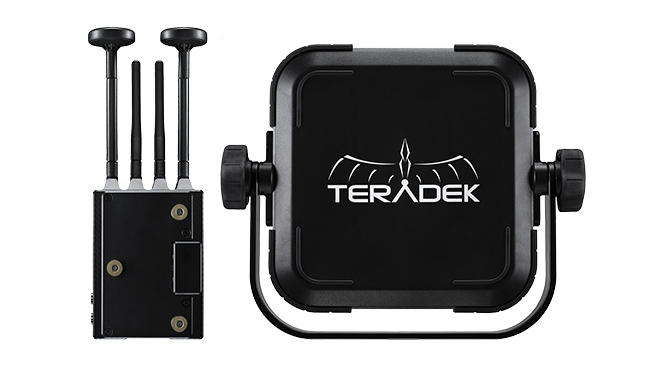

Teradek is literally taking wireless 4K transmission to the max with these new 'Max' range transmitters.
Squeezing HD video images down the sort of radio links that can be operated without expensive, paperwork-heavy licensing is something that’s really only become plausible in the last ten years or so. Before that, in the cobweb-encrusted history of the early 2000s, even standard-definition radio links cost as much as a nice car and were found only on the most well-heeled ENG trucks and sports OBs. There have been license-free chunks of radio spectrum available for ISM (industrial, scientific and medical) applications since the late 1940s, of which the famous 2.4 and circa-5GHz areas are part, but applications capable of throwing really good-looking pictures around have been slower in the coming.
One of the technologies that has been instrumental in making the convenience of wireless video more available, to the point where it can routinely be used to feed monitors in the way we’re used to now, was developed by Israeli electronics company Amimon. Amimon became part of Vitec in November 2018, possibly on the basis that both Paralinx and Teradek equipment used their silicon. The underlying techniques bask in names like “orthogonal frequency division multiplexing”, which is rather outside the scope of a product release announcement such as this, but it’s particularly noteworthy because it avoids the delay intrinsic to digital links which use digital compression. As such, it’s been popular not only with camera people keen on keeping things in focus but also drone pilots using first-person video.

The Amimon-Vitec union has recently fruited once more with a new, longer-range 4K video link the company calls the Bolt 4K Max. The Max is essentially a longer-ranged edition of the company’s existing Bolt 4K series, advertising a carefully caveated “up to” 5000-foot range. As ever, the performance of radio gear is variable based on range and environment – and “environment” can mean both the nature of the area we’re operating in and the other radio devices that can be around. Still, more maximum range tends to mean greater reliability at shorter ranges and the Bolt 4K series operates in the 5GHz ISM band, meaning they can be operated licence-free in most parts of the world.
It also means that they’re part of an often congested area of radio spectrum and to achieve the sort of bandwidth required for 4K material, they use chunks of that spectrum that are 40MHz wide. Happily, there are several such 40MHz channels available, so there’s some chance of being able to find one free, even if there are lots of other devices operating in the vicinity.
It’s something of an irony that some of the best-equipped sets are increasingly likely to be shooting at or beyond 4K resolutions on things like Venice or Alexa LF, but in 2019 they still very commonly rely on HD monitoring. There are all sorts of reasons for this to happen, from the fact that the average DIT has a lot of investment in 24” HD OLEDs to make good, to the fact that 4K is of dubious usefulness on displays that are big (or rather that small) in any case. It seems only fair, though, to give focus pullers the best chance they can possibly get and the only remaining problem with that scenario is that the Bolt 4K Max probably has much, much longer range than the average lens control system.
Champagne problems, then. The Bolt 4K Max starts shipping at the end of the month, and there’s even a trade-in program for Bolt 500, 1000, 3000 and Paralinx Tomahawk owners.
Tags: Production


Comments